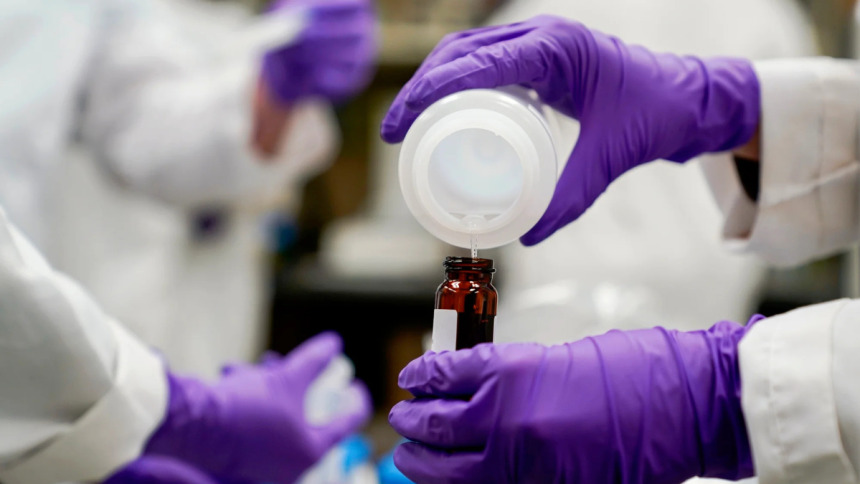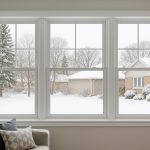Recognizing Hidden Environmental Toxins
A lot of individuals give the invisible toxins that find their home in the areas surrounding them little consideration. Most substances in everyday air and on ordinary surfaces carry risks in the short term, especially since most spend almost 90% of their lives in buildings. Indoor spaces in today’s world are riddled with objects that give off or attract compounds, ranging from cleaning products and pet dander to dust and microscopic mold spores. Companies like Aires have become popular with individuals who care increasingly about unseen pollutants, yet it ultimately depends on individuals being better aware of what is in their own surroundings and taking steps toward eliminating risks.
The EPA’s indoor air quality guide provides insight into how indoor environments can actually support greater concentrations of contaminants than the outdoors, when the windows remain closed. Sealed buildings save on utilities and increase comfort, yet keep pollutants trapped inside. The following common items—such as upholstered furniture, carpet, cleaning products, and office equipment—can emit volatile pollutants or trap particulate matter that induces allergic reactions and other ailments in the long term.
Common Sources of Exposure in Daily Life
A closer look finds toxins in unexpected places. Carpets and soft furnishings can harbor dust mites and pet dander, causing allergic responses that lead to sneezing, coughing, or prolonged respiratory distress. Mattresses and pillows—if not regularly washed—accumulate dead skin cells, bacteria, and fungus, which may bother sensitive individuals or small children. In often damp locations, such as bathrooms and basements, sluggish leaks or inadequate ventilation soon breed environments where mold grows quietly. Mold not only weakens buildings; its spores can bother the lungs and immune system, particularly for asthma sufferers.
In addition to those biologic sources, chemical contaminants like Volatile Organic Compounds (VOCs) act as sneaky perpetrators. VOCs evaporate in the form of gases from some solids and liquids, such as fresh paint, adhesives, furniture, plastics, and cleaning supplies. They remain for months, causing anything from headaches, eye irritation, or tiredness for those exposed on an ongoing basis. Contemporary technology—laptop computers, routers, and other wireless devices—creates low-level electromagnetic fields (EMF). Although the science on its exact impact is ongoing, some reports indicate avoiding unnecessary proximity may prove useful in the long term. Knowledge about these sources empowers individuals to make smarter decisions on an everyday basis.
Improving Air Quality: Practical Tips
· Improve ventilation through opening the windows for 10-15 minutes each day, preferably after cleaning and cooking.
· Install one or multiple air purifiers with True HEPA filters in important rooms to capture dust, pollen, and small particles.
· Select low-maintenance yet durable houseplants such as peace lilies, pothos, or spider plants, which help remove airborne toxins and humidify dry spaces.
The need for fresh air and proper ventilation is emphasized in the CDC’s Indoor Environmental Quality document, and it recommends increasing airflow and practical practices, including the use of kitchen and bathroom exhaust fans. For individuals in the midst of allergy seasons, purifiers remove allergens and can actually give relief that you can feel. Simply placing items away from the area of the air vents, or the radiator, enhances flow and keeps undesired matter moving, not stagnant.
Switching to Non-Toxic Cleaning and Household Products
Switching to safer cleaning products is perhaps the simplest and most impactful method for reducing chemical exposure. Most conventional cleaning products and disinfectants harbor dangerous chemicals and artificial fragrances, which remain in the air for hours, leading to headache or skin irritation in persons with sensitivities. Plant-derived or biodegradable alternatives for almost every cleaning project, ranging from window cleaning to cleaning the floors and laundry, exist. Such alternatives biodegrade harmlessly in the environment and eliminate the chemical burden being brought inside.
The common household items such as baking soda, vinegar, lemon juices, and olive oil prove surprisingly handy. Baking soda softly cleans tubs and sink basins, vinegar disinfectantly cleans the surface, and lemon juices break down grease and leave the surface smelling fresh. Not only do the ingredients remove grease, stains, and odors, they eliminate the use of harsh fragrances and propellants too. For an extra benefit, replace paper towels with microfiber cloths for dusting and cleaning—these catch particulates better and minimize paper towel usage.
Minimizing Toxins from Modern Technology
Increased usage in everyday life translates into low-level environmental stress from sources. Appliances in use—particularly those left in the on-standby mode—emit electromagnetic fields and release low levels of ozone or chemicals as the plastic heats up while being used. Prevent unnecessary exposure by unplugging equipment when it is not in use, such as while away from home for an extended amount of time or while asleep. It saves energy, too, in addition to restricting EMF emissions and plastic breakdown.
Use wired solutions for internet access and other connectivity in bedrooms or home workspaces, as these eliminate ambient wireless signals. Invite all occupants to have device-free areas, ideally near where you sleep. When possible, readjust phone charging and placing tablets on bedside tables. In workspaces, cultivate screen breaks or “quiet” times throughout the day, benefiting both digital wellness and better indoor air quality.
Creating a Safer Work Environment
Contemporary offices and shared workspaces pose special challenges. Synthetic office equipment, infrequent cleaning, and shared technology appliances all contribute toward decreasing the quality of the air. Begin by calling for portable air purifiers in the shared spaces, and support for routine cleaning methods, including airing out during the day and the employment of scent-less, aerosol-less cleaning products. Explore changes in policy that involve routine deep cleaning regimes and the elimination of personal air fresheners that can consist of unknown chemicals.
Staff who understand potential threats can encourage organizations into supplying plants for communal areas, and periodic cleaning of keyboards, telephones, and other high-use equipment. In favorable weather, support walking meetings, or encourage the use of outdoor lunch breaks, since any short amount of fresh outdoor air can ward off the drowsiness that comes with confined boardrooms, or cubicles.
Lynn Martelli is an editor at Readability. She received her MFA in Creative Writing from Antioch University and has worked as an editor for over 10 years. Lynn has edited a wide variety of books, including fiction, non-fiction, memoirs, and more. In her free time, Lynn enjoys reading, writing, and spending time with her family and friends.















